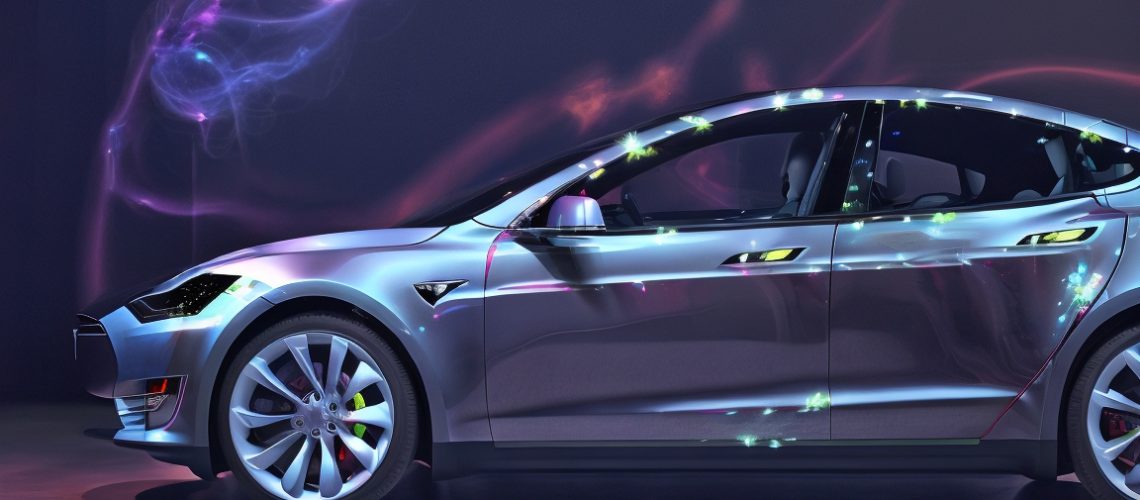When you think of a Tesla, what comes to mind? Is it the sleek design, the impressive acceleration, or perhaps the promise of a greener future? What you may not think about are the dozens of materials that work together to create this technological marvel. From rare earth elements to common metals, the production of a Tesla is a complex dance of chemistry and engineering. Let’s peek under the hood and understand the intricate elements that power your Tesla.
Rare Earth Elements: Driving Innovation
Rare Earth Elements (REEs), despite their name, are neither rare nor earth. They comprise a group of 17 chemically similar elements, which include 15 lanthanides (atomic numbers 57-71), as well as Scandium (21) and Yttrium (39).
Neodymium is a critical REE in the manufacturing of Tesla’s electric motors. Tesla’s older models utilized motors with Neodymium-based permanent magnets. Although the newer models have switched to induction motors, which do not require these magnets, the growing emphasis on electric vehicles (EVs) across the industry will likely increase demand for Neodymium.
Dysprosium is another REE used to fortify Neodymium magnets, enhancing their performance at high temperatures, which is particularly useful in motor applications. However, with the transition to induction motors, the requirement for Dysprosium in Tesla vehicles has decreased.
Metals: From Structure to Power
When it comes to metals, Tesla is quite literally a shining example. Aluminum, lightweight yet robust, is a primary component in the structure of a Tesla, reducing the vehicle’s overall weight, thus improving energy efficiency.
Copper is another significant player due to its excellent electrical conductivity. It is a crucial part of the wiring and the electric motor, facilitating the efficient flow of electricity.
Nickel, Cobalt, and Lithium form the cornerstone of Tesla’s most impressive feature – its Lithium-Ion batteries. Nickel enhances energy density, allowing Tesla cars to travel longer distances on a single charge. Cobalt stabilizes the battery structure, enhancing safety and lifespan. Meanwhile, Lithium, the lightest metal, possesses a high electrochemical potential, providing the batteries with their high energy density.
However, Nickel and Cobalt pose challenges due to the environmental and human rights issues associated with their mining. As a result, Tesla is working on developing batteries that use less Cobalt and more Nickel. Furthermore, Tesla’s Battery Day 2020 unveiled plans for a Lithium-Iron-Phosphate (LFP) battery, which does not require Nickel or Cobalt, emphasizing Tesla’s commitment to sustainability.
Minerals: The Hidden Backbone
Tesla uses several minerals in its vehicles, many of which are in the batteries. For instance, Graphite is used as the anode in Li-ion batteries due to its ability to absorb Lithium ions without significant damage from the charging cycle.
Silicon, another key mineral, is used in the vehicle’s myriad electronic components, including the chips that run the infotainment and autopilot systems. Tesla is also researching ways to incorporate Silicon into their battery anodes to enhance capacity.
Energy: The Power Behind Production
Producing a Tesla, like any vehicle, requires a significant amount of energy, from mining the raw materials to assembling the vehicle itself. Tesla’s focus on sustainability is evident in its energy use, with its factories utilizing renewable energy sources wherever possible. Furthermore, the electric nature of Tesla cars dramatically reduces their lifetime emissions compared to conventional internal combustion vehicles, making their production a worthy investment in terms of energy.
The Road Ahead: Tesla and Sustainability
Tesla’s mission is to accelerate the advent of sustainable transport, and this vision permeates all aspects of its production process. The company is continually exploring ways to increase the sustainability of its vehicles, from developing batteries with less environmental impact to enhancing the energy efficiency of its manufacturing processes.
In conclusion, a Tesla isn’t just an electric car. It’s a carefully engineered symphony of numerous elements and compounds, a tangible commitment to a sustainable future, and a testament to the power of human ingenuity. Every Tesla on the road represents a step towards a greener world, powered not just by electricity but also by the commitment to making this world a better place, one vehicle at a time.

